Phu Xai Lai Leng Peak stands majestically at 2,720 meters, marking the highest point in the Northern Truong Son range. Located on the border between Vietnam and Laos, this peak is not only the tallest in the region but also a significant destination for adventure enthusiasts. While Phu Xai Lai Leng may not be among the best areas in Vietnam for everyone, it offers breathtaking views, unique biodiversity, and the thrilling experience of standing on a natural boundary between two nations
Necessary information about Phu Xai Lai Leng Peak
The peak is covered by dense, ancient forests, creating a mysterious and wild atmosphere. The peak is often shrouded in mist, adding to its allure for those looking for an off-the-beaten-path adventure.
Where is Phu Xai Lai Leng Peak?
The peak is located in Na Ngoi commune, Ky Son district, Nghe An province. It is a prominent landmark near the Vietnam-Laos border, rising 2,720 meters above sea level. As one of the highest points in the Northern Truong Son range, it offers a strategic vantage point and embodies the rugged beauty of the region. The ascent to the peak is a challenging trek through dense forests, steep inclines, and unpredictable weather, testing the endurance and skill of even seasoned hikers.
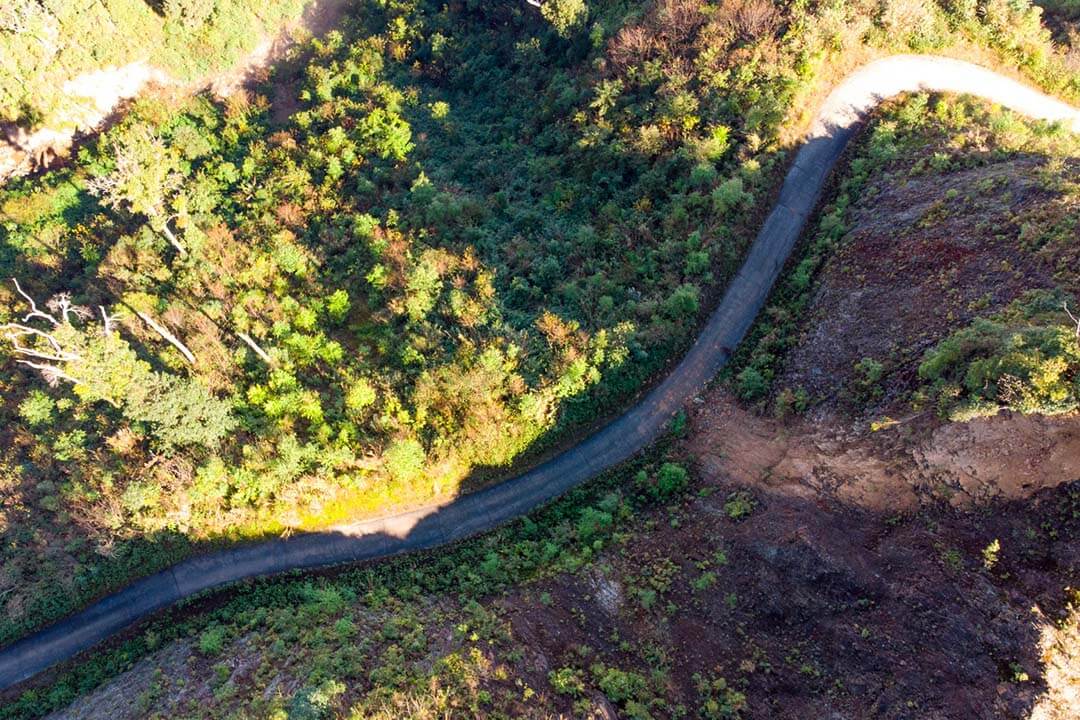
Navigating to the peak involves traversing a complex, rugged landscape with unclear paths and thick underbrush. The higher you climb, the more breathtaking the panoramic views become, stretching across Vietnam and Laos. Despite the grueling final approach, the reward is a stunning 360-degree view of the Truong Son range, making the peak a sought-after destination for adventurers seeking both a challenge and a deep connection with Vietnam’s natural heritage.
How to get Phu Xai Lai Leng Peak?
The journey to the peak starts in Vinh, Nghe An, about 250 kilometers away. Travelers typically drive or ride motorbikes through winding roads and scenic landscapes to Na Ngoi commune, about 230 kilometers from Vinh. Although the route becomes increasingly challenging with narrow, uneven paths, it’s worth considering a detour to the nearby Cua Lo Beach for a relaxing break before or after the adventure. The combination of coastal serenity and mountainous challenge offers a unique travel experience in the region
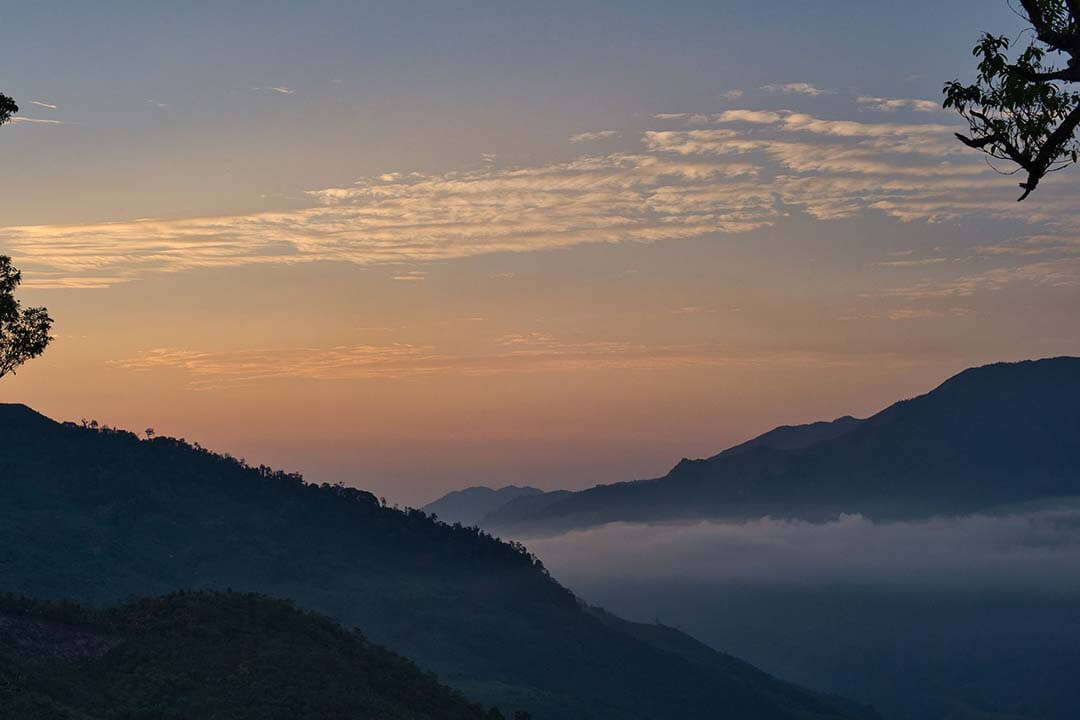
In Na Ngoi, hikers must obtain a permit from the local border post due to the peak’s proximity to Laos. The 20-kilometer trek to the peak is physically demanding, with dense forests, steep ascents, and rocky paths often shrouded in fog. The unmarked trail requires a knowledgeable guide and proper gear, as weather conditions can change abruptly. Despite the challenges, reaching the peak offers stunning views and a profound sense of accomplishment.
Best time to visit Phu Xai Lai Leng Peak
Summer, spanning from May to August, is considered the optimal time to visit mountain peaks in Vietnam. During these months, the Vietnam climate is characterized by warmer temperatures and more predictable weather patterns, which are ideal for outdoor activities. The clearer skies of the season offer unobstructed views, making it a perfect time for trekking and exploring the mountainous regions.
The early morning hours are the best time to start your trek, as the cool air and morning mist lend a mystical quality to the landscape. This time of day also allows hikers to witness the sunrise, painting the sky with hues of pink and gold, while the mountain gradually awakens. Understanding the Vietnam climate and planning your visit accordingly can enhance your experience, ensuring that you make the most of the natural beauty and serene atmosphere.
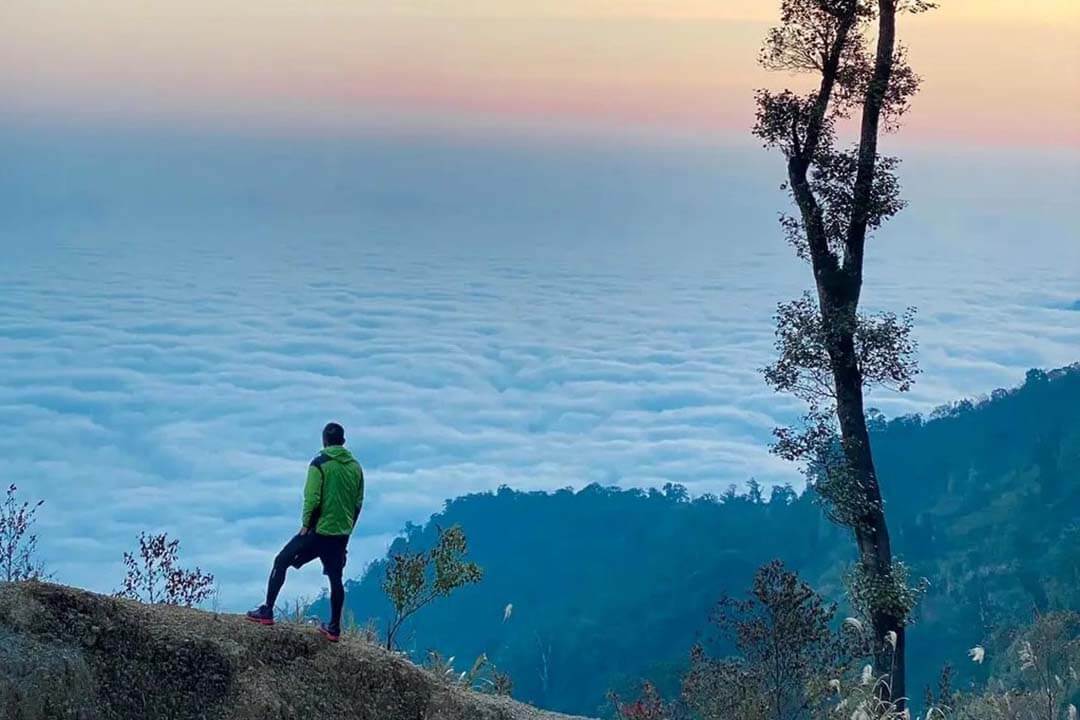
By midday, the skies tend to clear up further, offering unobstructed views of the surrounding landscapes. This is the perfect time for cloud hunting, exploring the wild old forests, and taking stunning photographs. The late afternoon and early evening, just before sunset, is another magical time to be at the peak, as the fading sunlight casts a warm, golden glow over the mountains. Visitors can experience the tranquil beauty of the area as the day transitions into night, creating unforgettable memories. However, it’s important to remain prepared for sudden weather shifts, such as brief showers, which can occur even during the summer months.
Things to do in Phu Xai Lai Leng Peak
The peak offers a range of activities for adventurers and nature lovers. The pristine environment and remote location provide a perfect backdrop for a variety of outdoor activities.
Cloud Hunting
Cloud hunting at the peak is a must-do for any visitor to this stunning peak. The high altitude of 2,720 meters often results in the peak being enveloped in a dense, mystical cloud cover, creating a surreal and enchanting atmosphere. This natural phenomenon offers a unique experience for nature enthusiasts and photographers alike.
To fully enjoy cloud hunting, it’s best to visit during the early morning or late afternoon when the clouds and light conditions are most dynamic. Bring a camera with a high-resolution setting to capture the shifting cloud patterns and the ethereal beauty of the landscape. Warm clothing and rain gear are essential, as the weather can change rapidly, adding to the adventure and unpredictability of the cloud-watching experience.
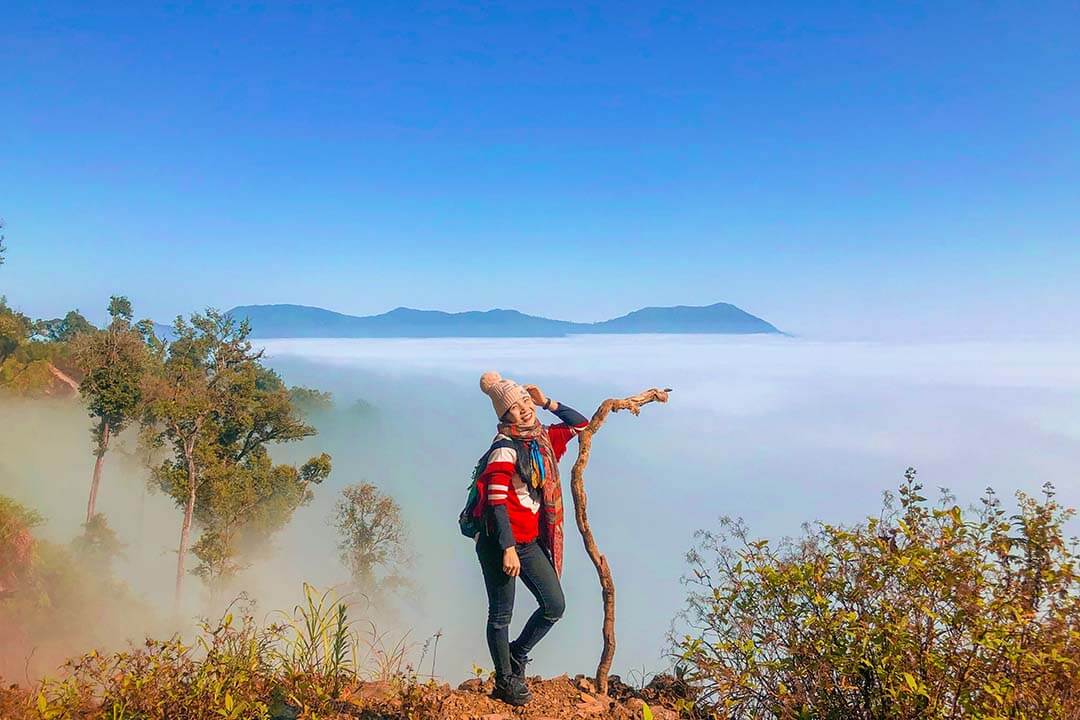
Travel tips: For those looking to enhance their visit, consider joining a guided tour or workshop focused on photography and nature observation. Local guides can provide valuable insights into the best times and locations for capturing the most dramatic cloud formations. Additionally, be prepared for a challenging trek to the peak, so ensure you have sturdy hiking boots and are in good physical condition. The magical interplay of light and clouds at the peak promises a memorable experience that captures the essence of this remote and rugged landscape.
Checking in at Boundary Marker 422
Boundary Marker 422 at Phu Xai Lai Leng is a significant landmark that offers a unique historical and cultural experience. Located near the summit, this marker signifies the border between Vietnam and Laos, providing visitors with a tangible connection to the region’s geopolitical history. When visiting Boundary Marker 422, take the time to appreciate its historical context and the role it plays in the border demarcation between the two countries. This spot is ideal for capturing memorable photos that reflect the intersection of natural beauty and historical significance.
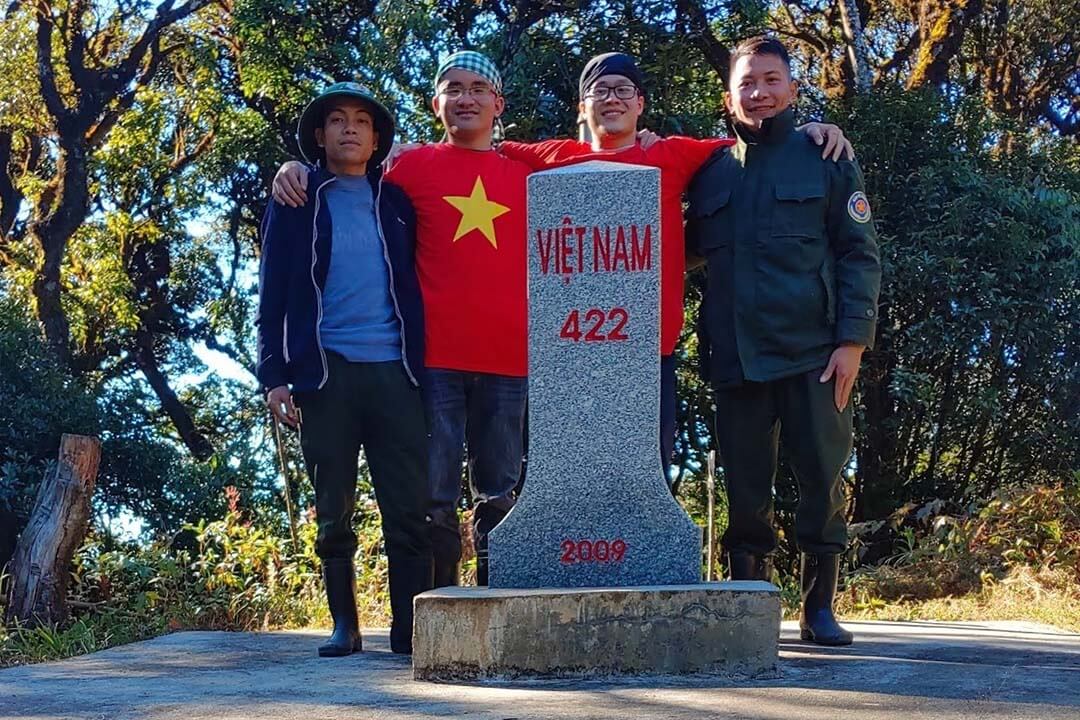
Travel tips: Travelers should be aware that accessing Boundary Marker 422 requires a permit from the local border post due to its proximity to the international border. Ensure you obtain this permit in advance and follow any regulations or guidelines provided. The marker not only offers stunning views of the surrounding landscape but also serves as a symbolic endpoint of your trek. As you stand at this geographical milestone, reflect on the journey you’ve undertaken and the broader historical and cultural connections that define the region.
Take lots of photos
The peak is a photographer’s paradise, offering a wealth of opportunities to capture breathtaking images. The diverse landscapes, ranging from dense forests to expansive summit views, provide a rich tapestry of subjects. To make the most of your photography session, consider the varying weather conditions and light changes throughout the day. Early mornings and late afternoons offer the best lighting for dramatic shots, while overcast conditions can provide a soft, even light that enhances the mood of your photos.
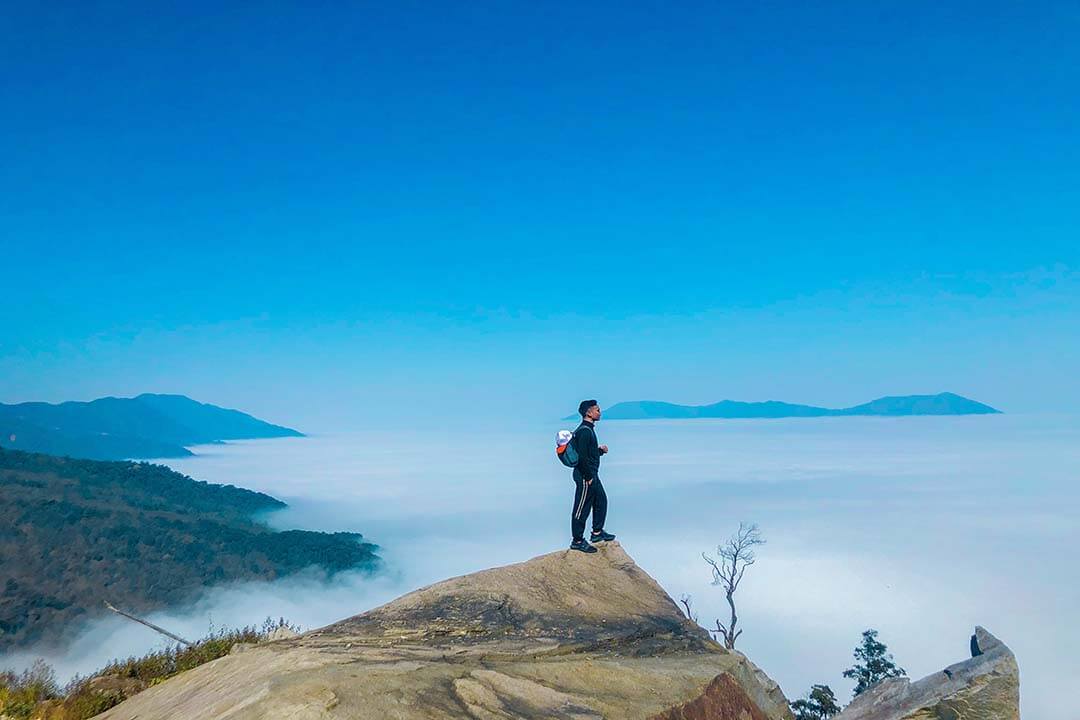
Travel tips: For tourists looking to capture the peak’s stunning scenery, it’s advisable to bring a range of camera equipment, including a tripod for stable shots and lenses suitable for both wide-angle and close-up photography. Don’t forget extra batteries and memory cards, as you’ll likely take more photos than planned. Exploring the peak’s surroundings can lead to unique perspectives and compositions, from the intricate details of the forest floor to the sweeping panoramas from the summit. The ever-changing conditions at the peak ensure that every visit offers new and exciting photographic opportunities.
Mysterious wild old forests
The ancient forests around the peak are a highlight for any visitor, showcasing Vietnam’s untouched and enigmatic natural beauty. These forests are home to diverse flora and fauna, some of which are endemic to the region. For tourists, exploring these ancient woods offers a chance to experience the rich biodiversity and pristine landscapes of this remote area. Be prepared for a rugged adventure, as the terrain can be challenging with dense underbrush and uneven ground.
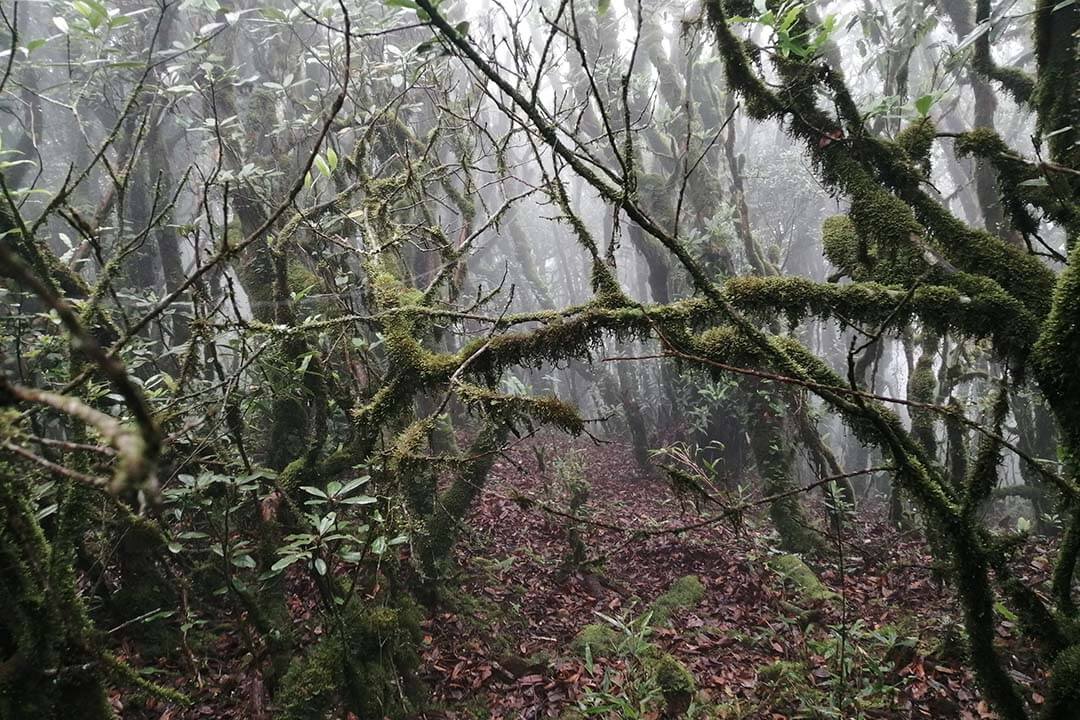
When visiting the ancient forests, it’s beneficial to wear appropriate hiking gear, including sturdy boots and weather-appropriate clothing. Consider bringing a local guide who can offer insights into the area’s ecology and help navigate the complex trails. Binoculars and a field guide can enhance your experience, allowing you to observe and identify various plant and animal species. The sense of isolation and immersion in these wild old forests provides a profound connection to Vietnam’s natural heritage and offers an unforgettable addition to your journey.
Other attractions in Nghe An province
Beyond Phu Xai Lai Leng Peak, Nghe An province is home to several other attractions that are worth exploring. Each offers a different experience, showcasing the diverse natural beauty and cultural heritage of the region.
Pu Mat National Park
Pu Mat National Park, a vast protected area in Nghe An Province, is renowned for its rich biodiversity and conservation efforts. Visitors can embark on treks through dense forests and rugged terrain, encountering diverse flora and fauna. The park offers guided tours that provide insights into its ecological significance and ongoing conservation projects. Birdwatching is a highlight, with over 300 bird species to observe. Cultural experiences include visiting local ethnic minority villages and enhancing the understanding of the area’s cultural and environmental connections.
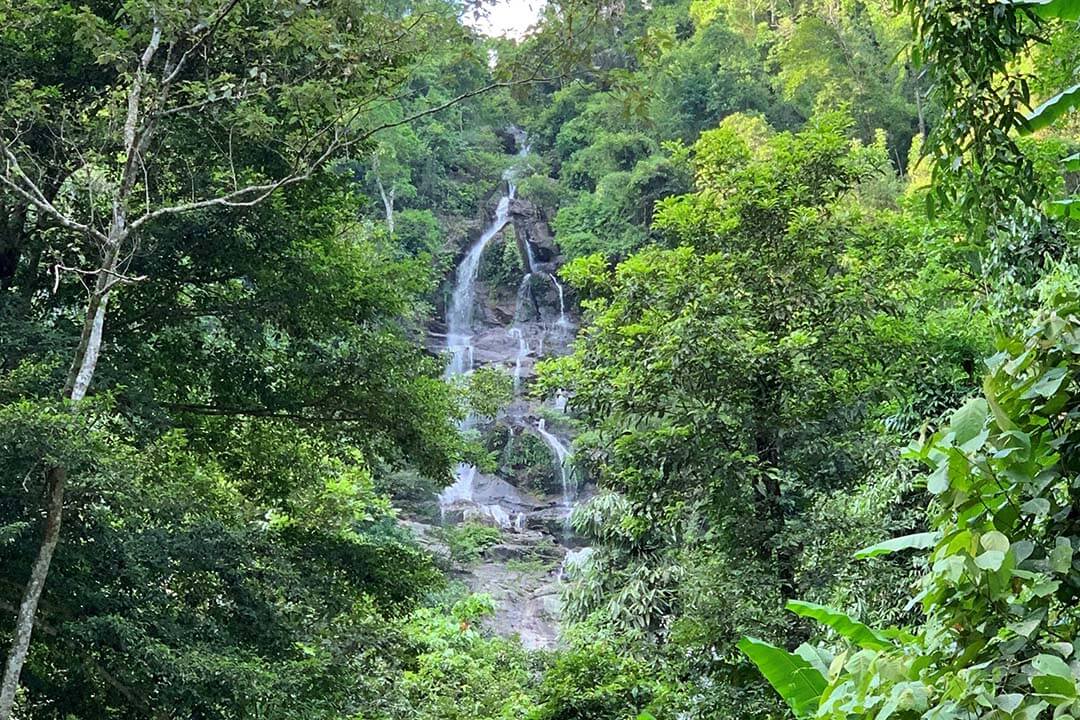
Khe Kem Waterfall
Khe Kem Waterfall is a serene destination known for its picturesque setting and relaxing atmosphere. Visitors can swim in the cool, clear waters and enjoy the tranquil surroundings. Well-maintained paths around the waterfall are perfect for leisurely walks and nature appreciation. The area is ideal for picnicking and photography, offering stunning views of the cascading water and lush landscape, making it a perfect spot for relaxation and outdoor activities.
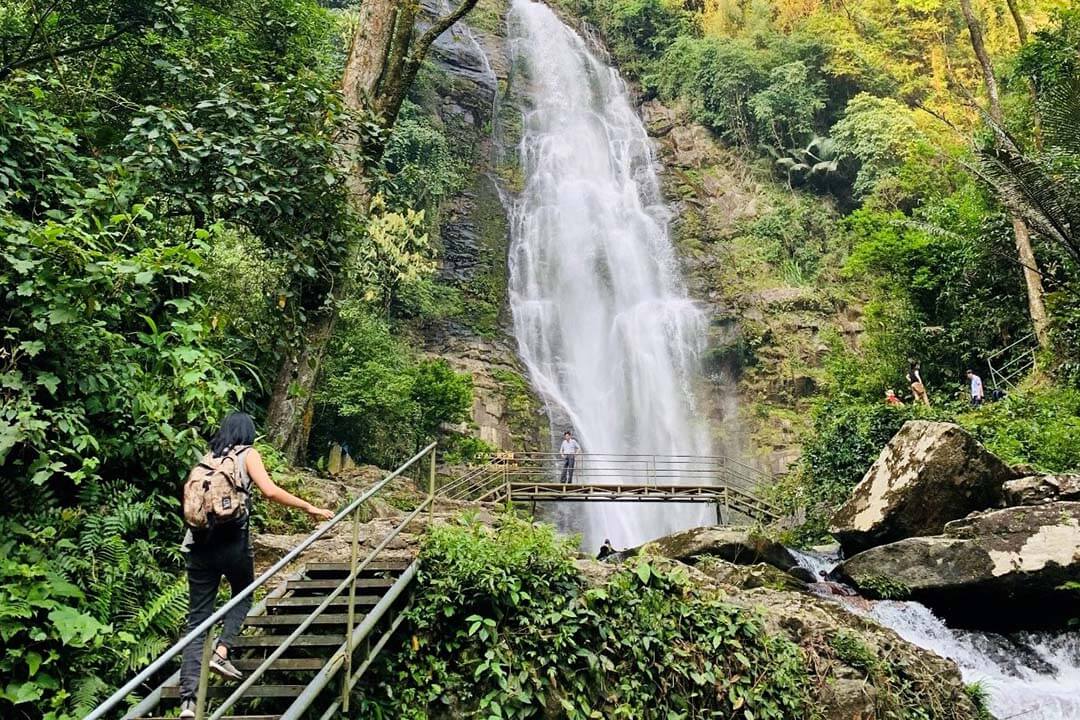
Thanh Chuong Tea Island
Thanh Chuong Tea Island features expansive tea plantations on islands within a tranquil lake. Visitors can explore the tea fields, learn about traditional tea production, and enjoy serene boat rides on the lake. The picturesque setting is perfect for relaxation and appreciating the rural charm of Vietnam. Guided tours provide insights into tea cultivation and the cultural significance of tea in Vietnamese society, making it a unique destination for both cultural and scenic experiences.
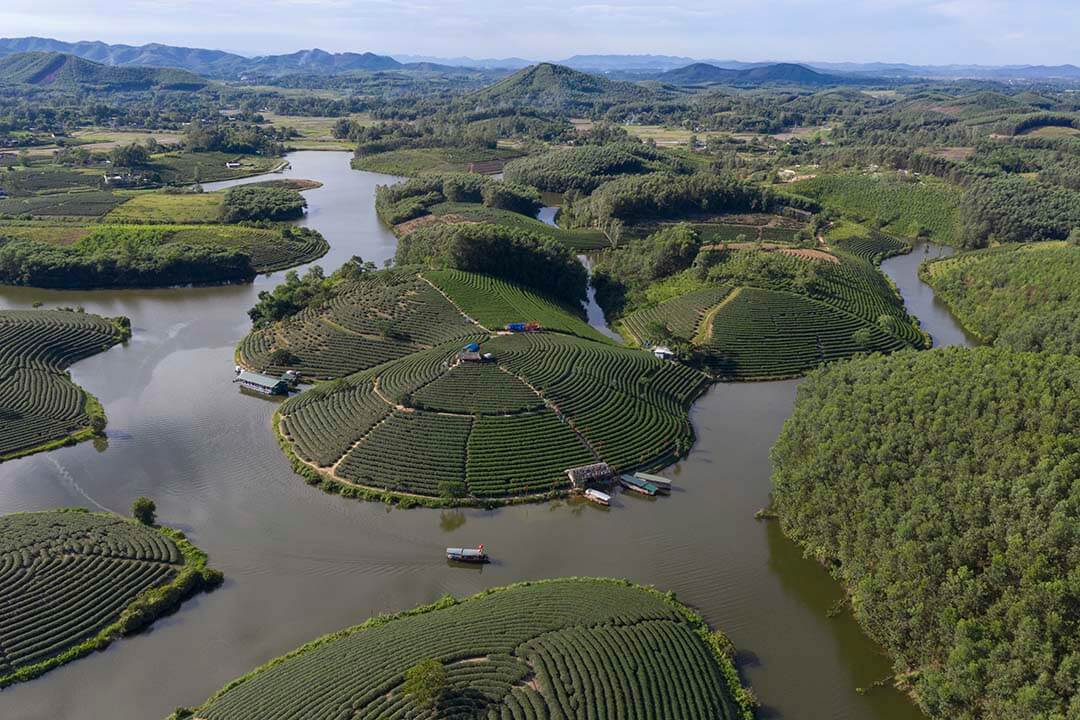
Sunflowers Hill
Sunflowers Hill is famous for its vibrant fields of blooming sunflowers, creating a stunning landscape in Nghe An Province. Visitors can wander through the fields, enjoy photography, and take in the colorful scenery. The area also offers picnic spots and opportunities to sample local dishes, including some of the best foods Vietnam has to offer, at nearby markets. The combination of beautiful sunflower fields and local cultural experiences makes Sunflowers Hill a popular destination for nature lovers and those seeking a picturesque escape.

Phu Xai Lai Leng Peak, tucked away in the Truong Son mountains, is a fantastic adventure spot for thrill-seekers. Its remote location offers stunning views and a chance to experience Vietnam’s wild beauty up close. Whether you’re chasing clouds at the summit or wandering through ancient forests, this peak and its surroundings promise an unforgettable adventure. Plus, Nghe An Province is full of other amazing spots that highlight the area’s natural and cultural charm. For more friendly travel tips and ideas, check out our Vietnam Travel Tips section!


